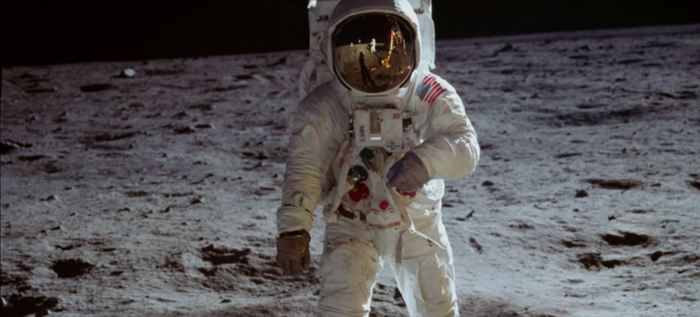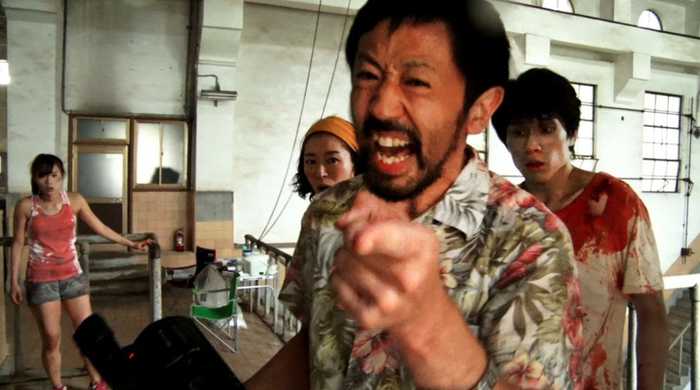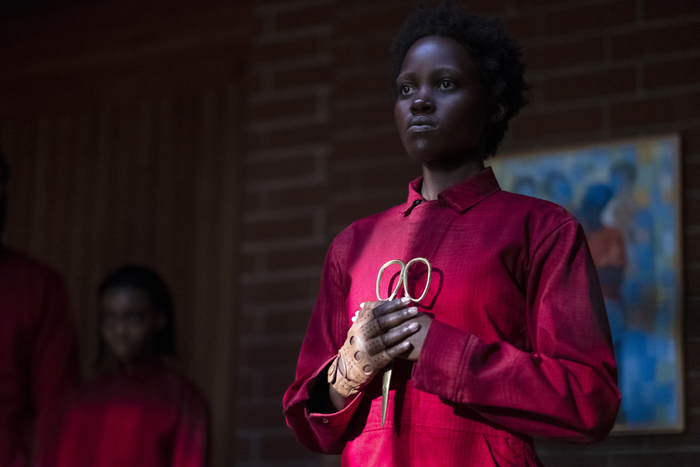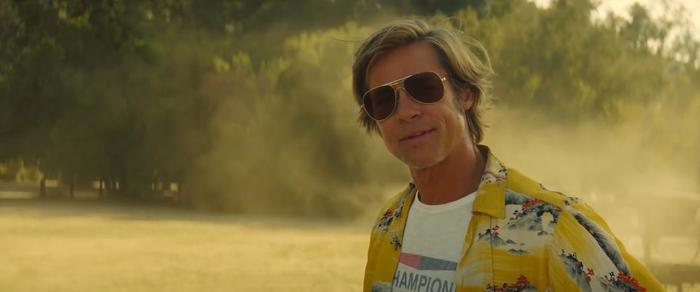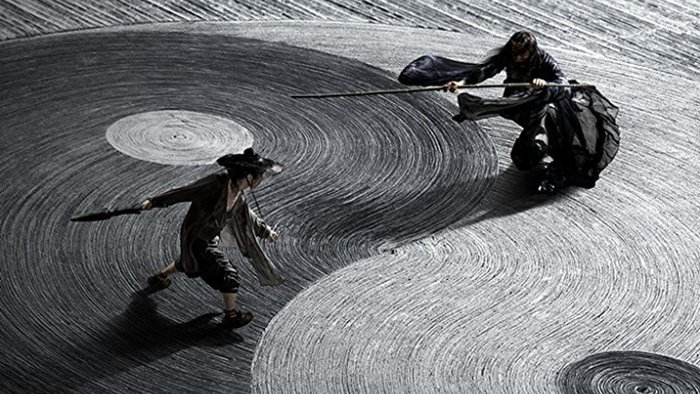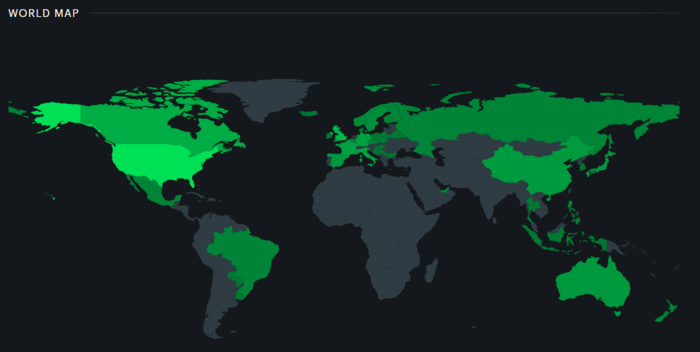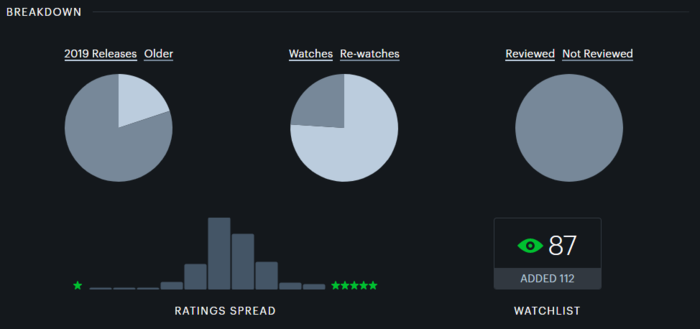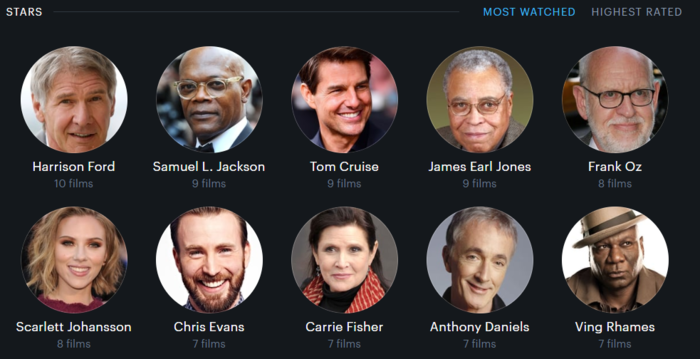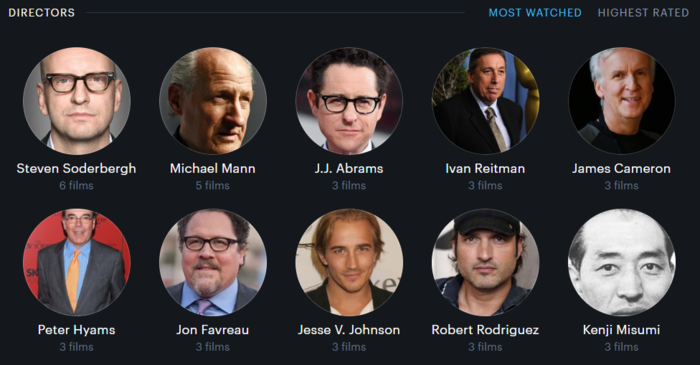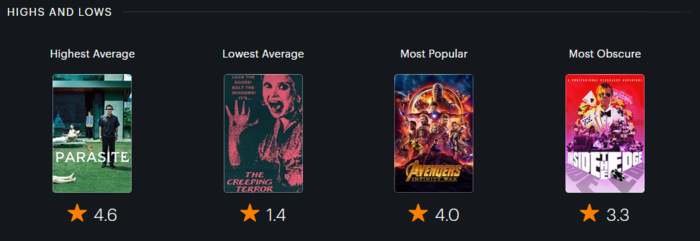SF Book Review – Part 33
It’s been almost a year since I did a recap of recent science fiction reads like this (though there’s been plenty of one-off reviews), so I’m definitely missing some older reads, but here’s some recent SF I’ve read:
- Summertide, by Charles Sheffield – Opal and Quake are twin planets due to pass close to their sun in a grand conjunction that only occurs once every 350,000 years. The event will unleash massive tidal forces on both planets, but especially the already more volatile Quake. Also of note, the two planets are connected by a massive umbilical that allows easy travel between planets, a “minor” artifact from long vanished alien Builders. The event has attracted the attention of numerous people, each for their own reason. One wants to study the artifact, thinking she’ll find some key evidence about the Builders. Others have reasons of their own. So this is a pretty solid example of the Big Dumb Object sub-genre, with the text covering several complex Builder artifacts, including the seemingly innocuous Umbilical (I think you can tell that there’s more going on there). The character work is middling at best, but functional. I did sorta space out during the second act and the finale isn’t entirely surprising, but Sheffield has played the game well, and the pieces all fit together. This is the first in a series that I’d not be opposed to revisiting…
- Planetside, by Michael Mammay – Colonel Carl Butler is called out of semi-retirement by an old, powerful friend for what appears to be a routine investigation about a missing soldier in a warzone. Naturally, things are more complicated than they seem and conspiracies are abound. Mammay has a military background and it shows (this is a good thing), though the mystery at this story’s heart feels mostly stalled for far too long. It all fits together, though it does get faintly ridiculous towards the end. It’s entertaining and page turning throughout though, and Mammay is pretty good at action sequences. Butler is a fun character, and the supporting cast has a good presence as well. The ending features a morally questionable act that I’m not sure Mammay grappled with enough, but I guess it works well enough. I enjoyed this well enough to read the sequel…
- Spaceside, by Michael Mammay – After the events of Planetside, Butler has been discharged, but mostly with just a slap on the wrist for that morally questionable act (again, not sure Mammay spent enough time reckoning with this), so he’s managed to find a cushy corporate security gig. Asked to look into a data breach at a rival company, Butler gets embroiled in a conspiracy related to the one from the first book. This is mostly more of the same, though Mammay manages a more evenly paced narrative this time, with interesting info doled out on the regular. Butler makes for a good protagonist, and he’s again surrounded by a solid supporting cast. These are entertaining little pot boilers. The SF is middling and nothing you haven’t seen before, but it’s reasonably well executed, and Mammay has decent enough storytelling chops to keep things moving.
- Berserker, by Fred Saberhagen – Berserkers are giant killing machines that are the sole remnant of a galactic war between two long gone civilizations. But the Berserkers are still there, and have made their way to Earth controlled space. Will we be able to withstand the killing machines that destroyed two civilizations? This is actually a series of short stories, and as usual, some are better than others. My favorites had to do with the ones where humans figure out ways to outsmart the Berserkers using some ingenious scheme or other. As a general menace and threat, the Berserkers are a great idea, but some of the stories go heavy on interaction with the Berserkers, and they don’t really act like the killing machines that are conjured by their general description. That being said, they’re pretty clearly a precursor to Star Trek’s Borg, and this is an interesting read because of that. I actually tackled this during Vintage Science Fiction Month, but never got around to writing it up (mostly due to having lots of 2019 Movie posts to cover, but also because I didn’t have that much to say about these stories) until now…
- Recursion, by Blake Crouch – A mysterious wave of people who suddenly gain memories of nearly full alternate lives, a phenomenon dubbed False Memory Syndrome, sets a NYC cop and a memory researcher on a quest to find out what is causing this malady. I’d previous read Crouch’s novel Dark Matter, and this book has a similar sort of structure. He introduces a seemingly simple idea, then the idea is explored to its logical extreme. Despite the description involving False Memories, the mechanism by which that happens is something altogether different, touching on a couple of SF ideas that are explored pretty well. The idea at its core is reminiscent of a few things (kinda like time travel mixed with Groundhog Day, with some other references for flavor) while retaining its own identity. The characters are well drawn, if a bit straightforward, and the plot moves along at a brisk pace. Well worth a read.
- Nexus, by Ramez Naam – In the near future, a drug named Nexus essentially turns the brain into a computer, capable of granting precise controls over one’s own body while also linking other minds together. A young researcher is caught experimenting with ways to improve Nexus and is thrust into a world of international espionage centered on the future of Nexus. This is a very well crafted thriller with a heavier dose of hard SF than usual, and Naam does an excellent job balancing the whole government espionage aspects with more traditional SF explorations. There’s some pretty hefty sequences in the book, such that it’s not always an easy read, but it’s a good story, well told. Definitely looking to read more from Naam.
That’s all for now. Stay tuned, Hugo season is approaching…
